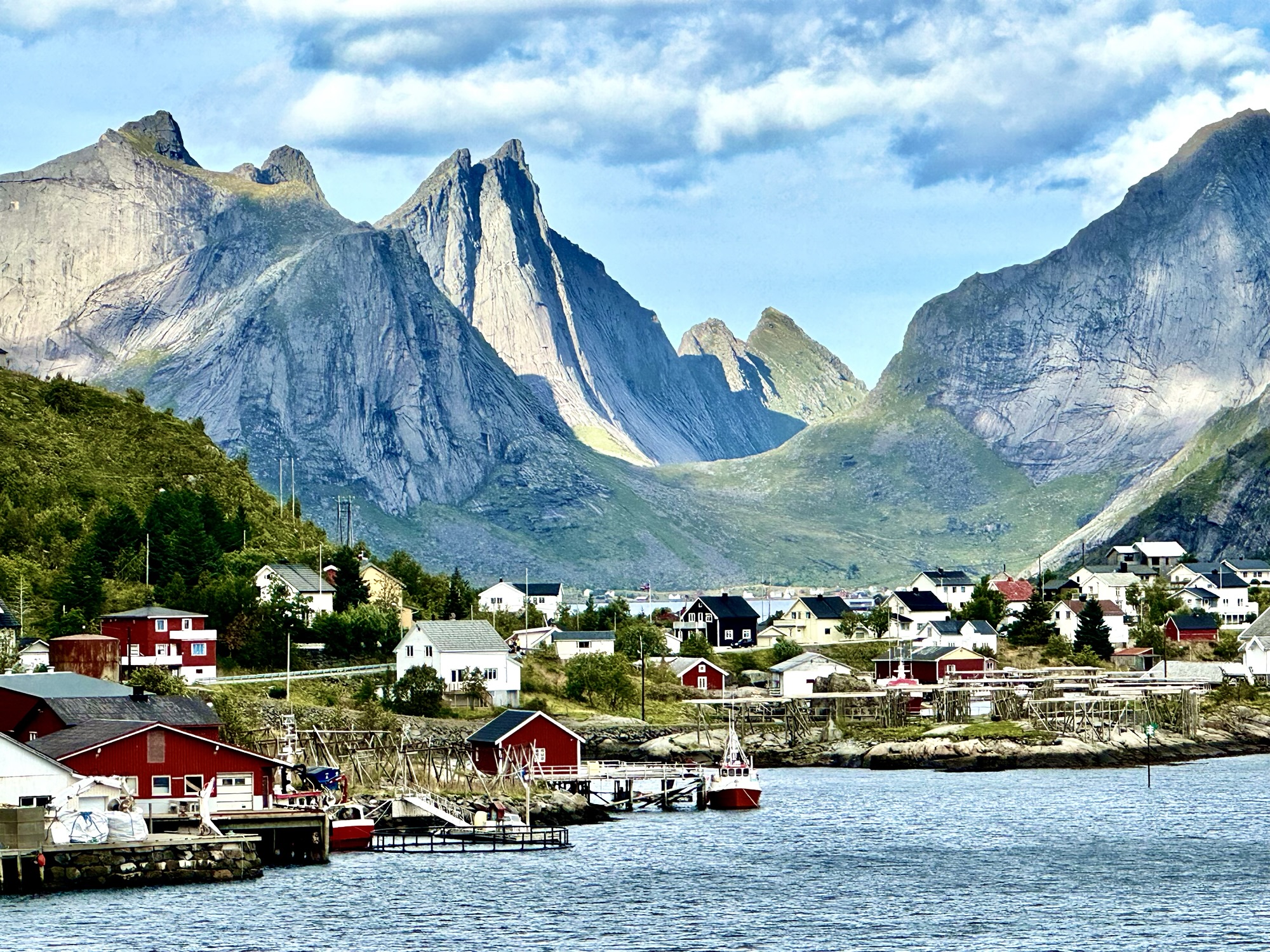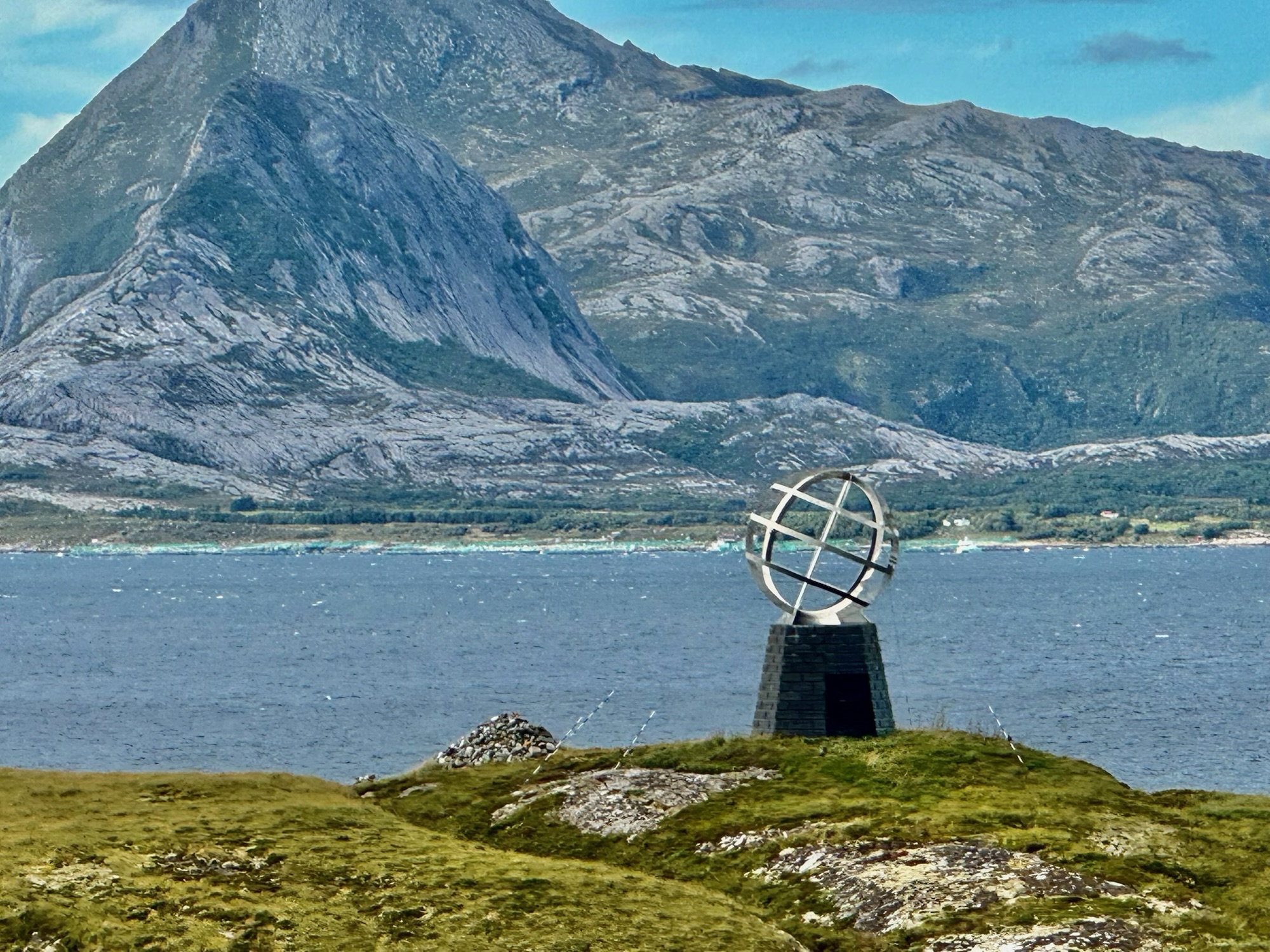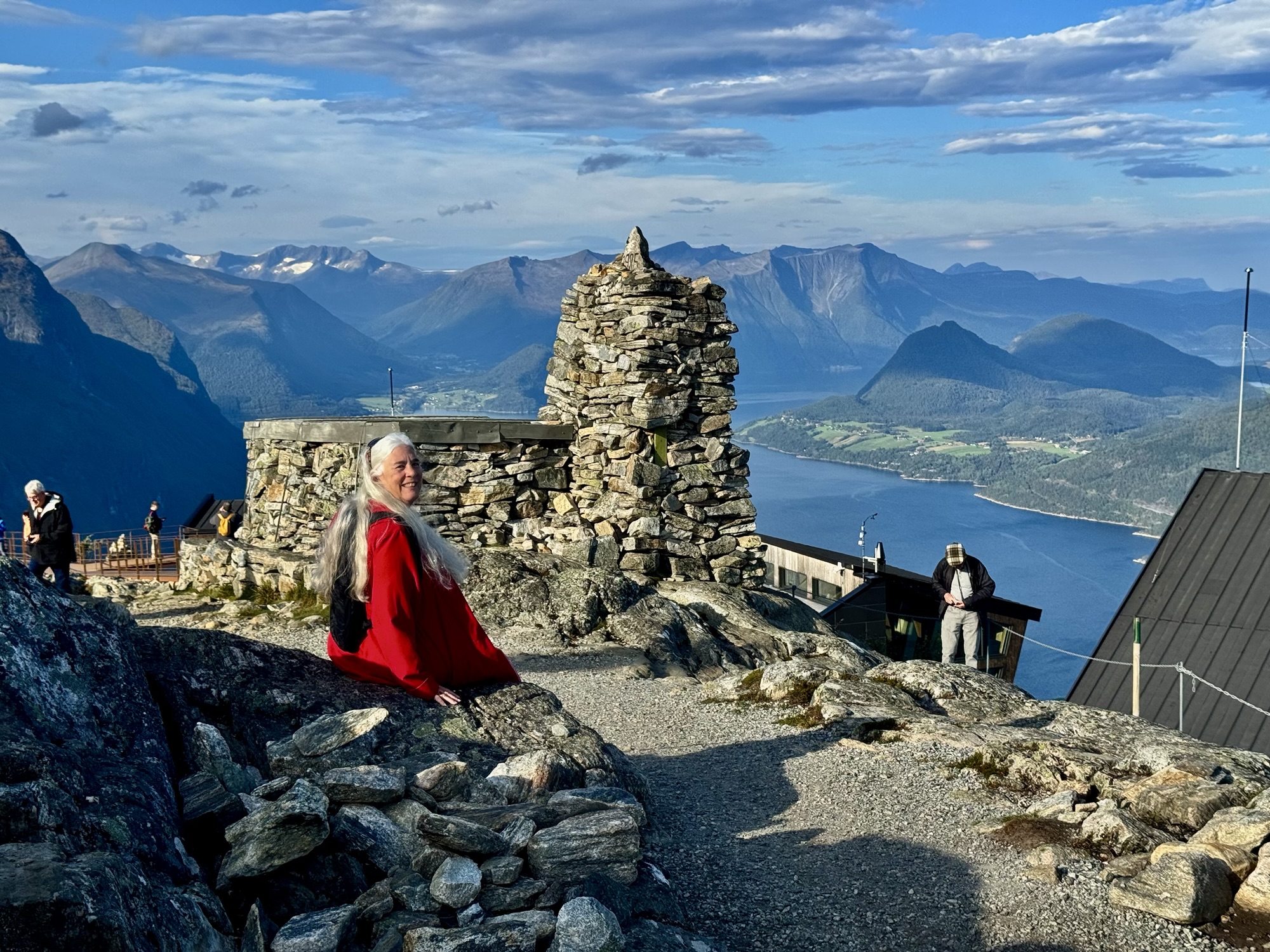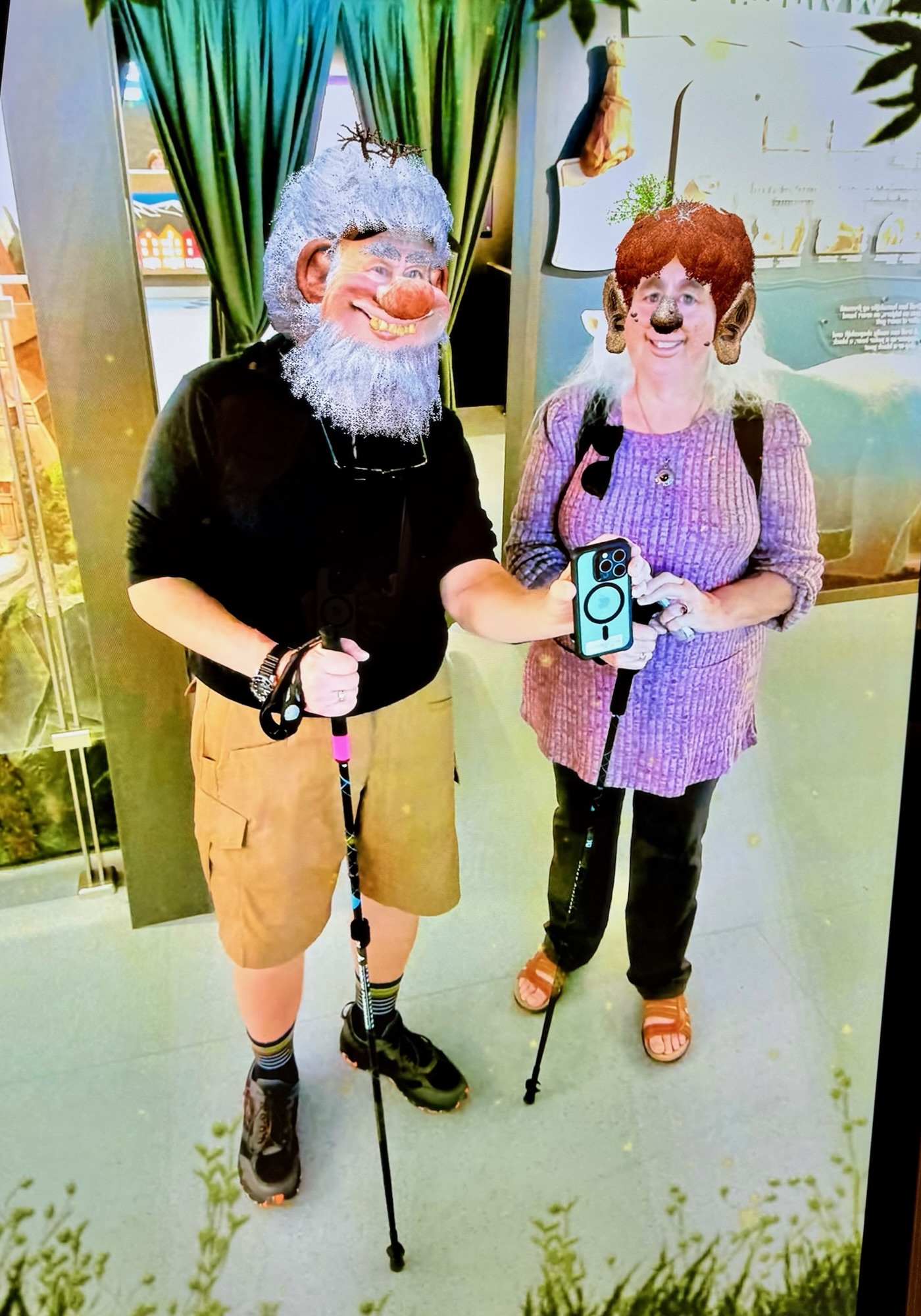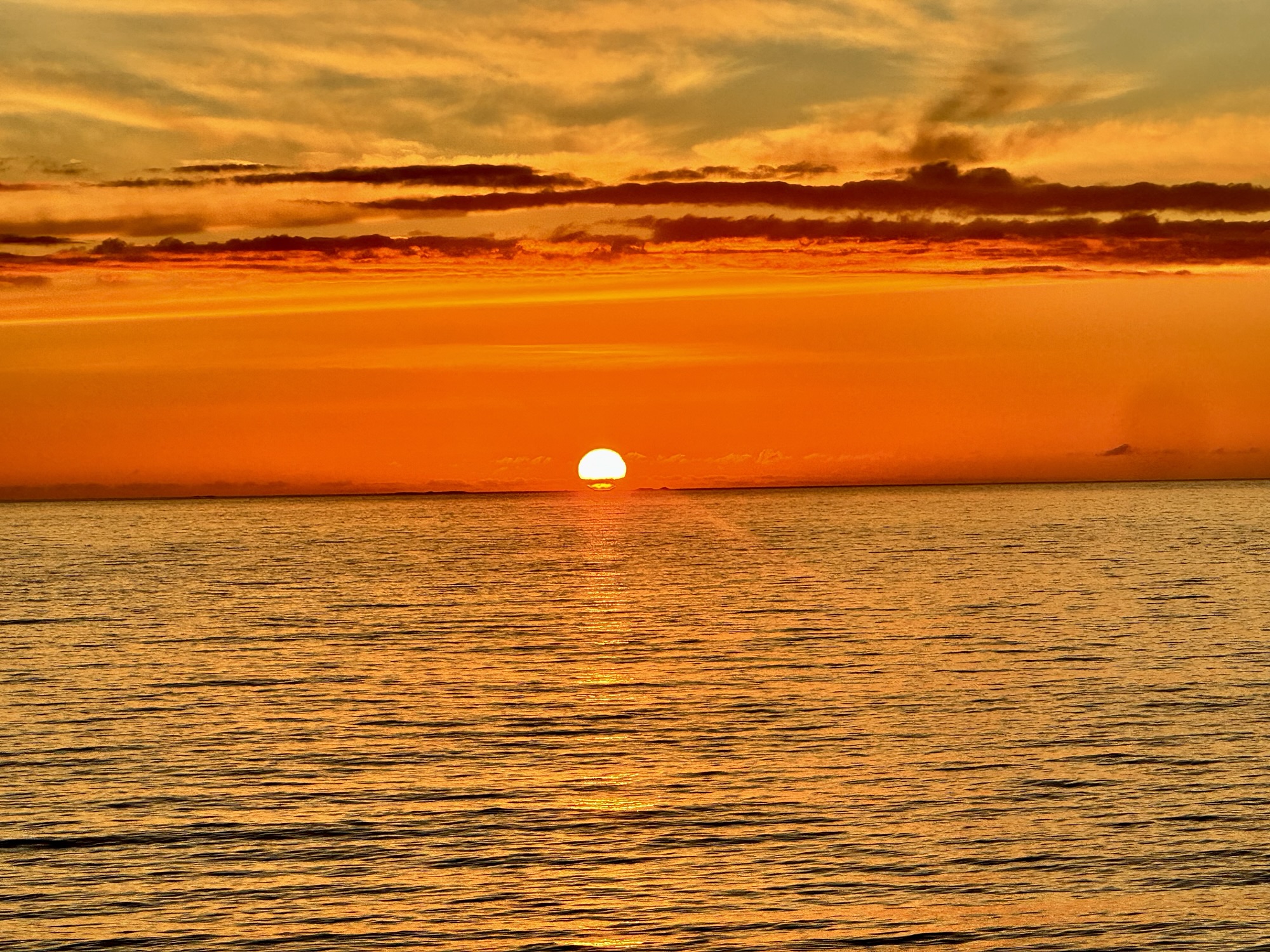
September 12th. Christine and I had enjoyed a wonderful day and afternoon in Reine Norway. Come evening I began to experience a nagging discomfort in my lower left back and abdomen. Within 20 minutes I felt forced to lie down in our cabin. Within an hour the pain was excruciating. I was pale, trembling, and sweat had soaked through my clothes.
We sought out the ship nurse. While I reclined in his small infirmary the pain moderated from an “8” to a “6”. His concern and Christine’s were palpable, but I felt that perhaps the worst was over. Vitals were good and we returned to our cabin.
An hour later and the pain had fired up again, worse than before.
The ship’s medical professional and an assistant were summoned. He was in direct contact with the ship’s captain and a shoreside doctor. A joint decision was made to make an emergency detour to the nearest port and arrange for ambulance transport to the nearest hospital. Two injections of morphine were administered.
We were over an hour away from port. Christine and the assistant packed our bags. A taxi was arranged to arrive at port to transport Christine and our luggage. The ambulance transport from port to the hospital would take another hour. A third injection of morphine was given.
I arrived at the small local hospital around midnight. I was met by three nurses and a doctor. Vitals and tests ruled out cardiac and infection issues. Further tests determined that I suffered from a kidney stone. A first level of treatment and watchful waiting brought relief. The hospital staff arranged for a taxi and a late night hotel near the town dock. I was discharged at 3am with prescriptions for 4 medicines. Christine was asked to pay the hospital and doctor bill… $30. The taxi from the port to the hospital had cost $300. Ambulance cost is unknown.
The hotel, normally not open at that hour, was emergency staffed by a kind and accommodating lady. Our room was charged at the lowest rate she could arrange, $130. We got only three hours of sleep as we had to be up early to try and catch an 8am fast passenger ferry to Tromso, hopefully to be allowed to reboard our ship. We were not expected back.
We made it. I was greeted like Lazarus returned from the dead.
I am better, not 100 percent, but better. We continue on, but with an undercurrent of anxiety as we cross open ocean these next two days.
Peace Everyone. Pete.
PS. Filling the four prescriptions cost $32.
